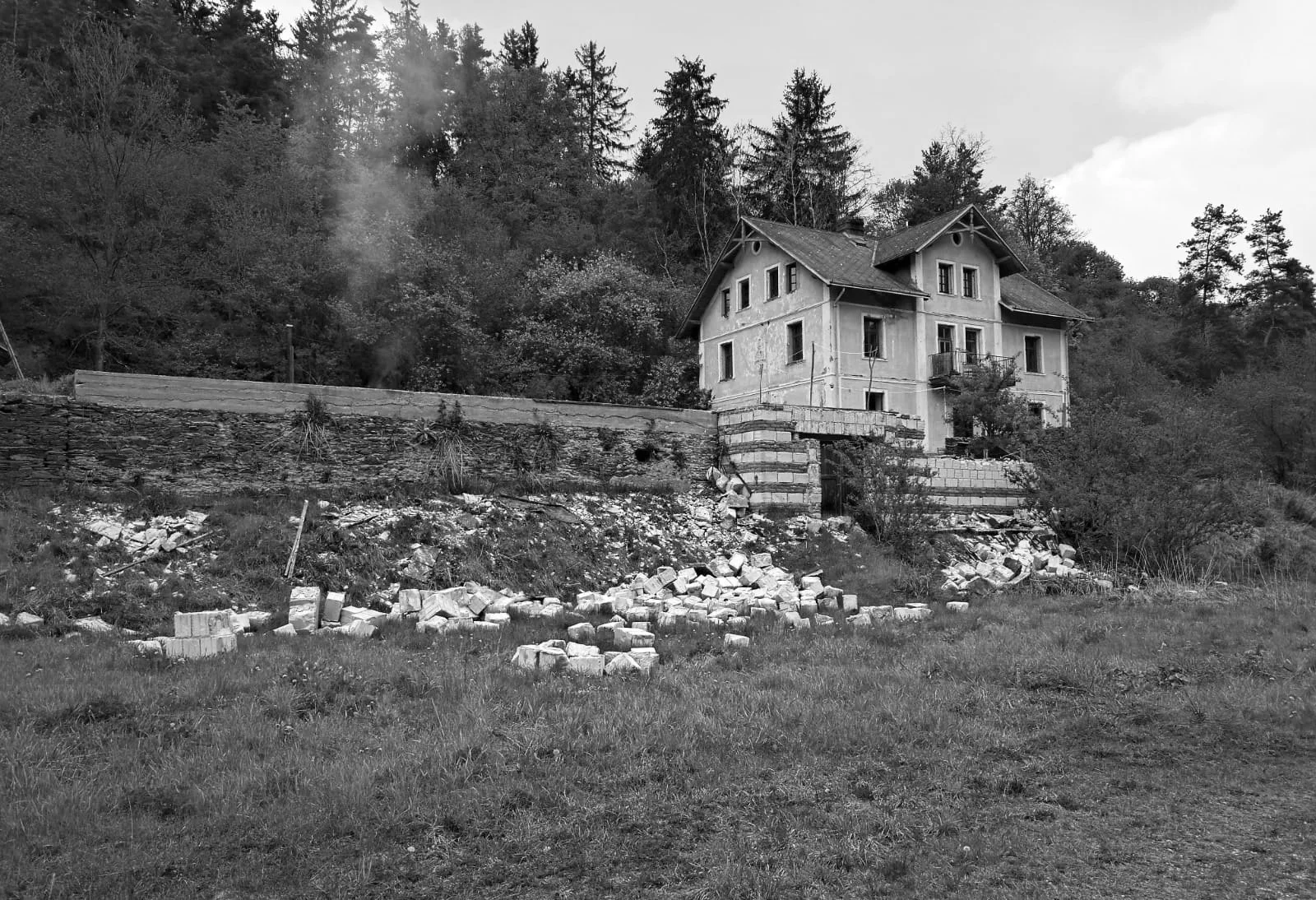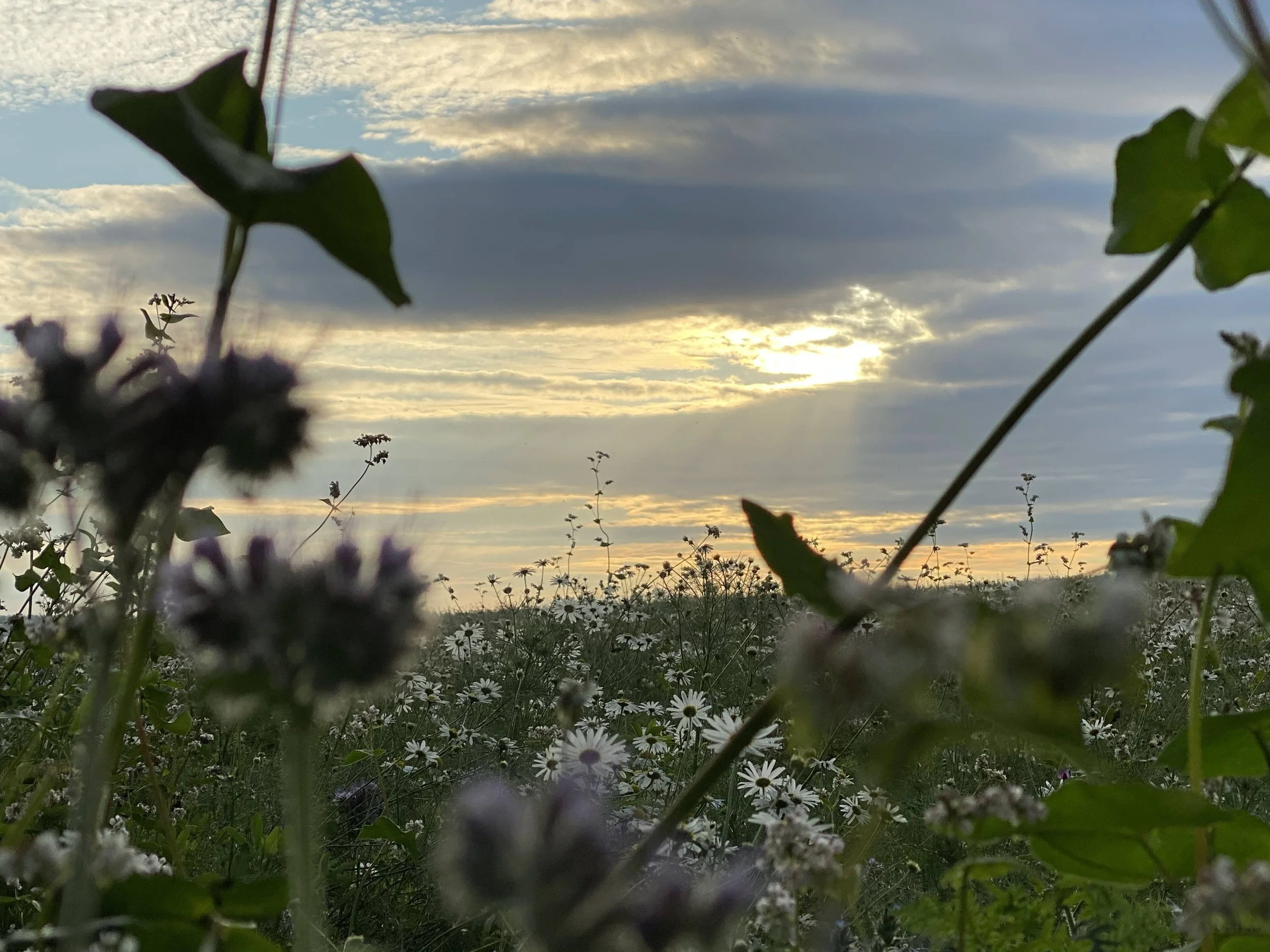Our story

The story of our house began in the 1890s, when a forest lodge was built in the picturesque valley of the river Střela. The building continued to serve this purpose for another half a century, before meeting the fate of all Sudetenland buildings after the war – confiscation.
The building fell into the hands of the state, which was the start of its slow fall into disrepair. A hundred years after its creation, the lodge was turned into a ranch with a restaurant, but unfortunately this did not last either. Four years ago, now under new ownership, the concept of a house by the river was born – a unique place to spend unique moments.
“Tauhaus is the realisation of the bond between humans, history, and nature, between life and experience.”

Rope as a symbol of a bond and commitment
The unusual German name of Tauhaus (“rope house”) is an expression of the idea of renewing the link between the house and its history and surroundings, and we approach its development in this spirit.
We believe in Tauhaus’ power to take your time and transform it into an extraordinary multi-day experience. We want to create a new bond – between you and the house, its gardens, the river, Rabštejn, and the region as a whole. The House by the River is a way of achieving this.

Within reach. Close to your heart.
Wilderness with a soul.
Tauhaus is surrounded by pure wilderness and attempts to bring it closer in, so that you may flee to it whenever your mind and body need to. In the centre of that nature lies a river, a house, and its gardens. Everything is ready for you and your loved ones.
The house
A thoughtfully renovated building with a strong emphasis on the environment, offering accommodation that is extraordinary in spirit, if traditional in design. In terms of style, we travel back in time a hundred years, whilst retaining a modern high quality finish. The house is imbued with a variety of traditional elements and modern fittings. It features a huge tiled oven, a fully-fitted kitchen, and a sauna.
Find out more
Behind the renovation
Leading architectural and design studio Olgoj Chorchoj is behind the renovation of Tauhaus, namely its founder, artist, and main figure, Jan Němeček. The recurring theme of the entire renovation is the link with the tradition of the site. The methods chosen include many traditional elements and solutions. Sustainability and the environment were placed at the heart of the project.
The environment
The use of natural materials, their thoughtful circulation, and sustainability are key priorities for Tauhaus, be it the off-grid photovoltaic system, the root zone wastewater treatment solution, or the circulation and distribution of heat in the building.
Design and style
The design of the interior spaces and fittings pays homage to period traditions of houses in this particular location, including their Sudeten German origin. This is why the names of the rooms and other signs within the house are in German.








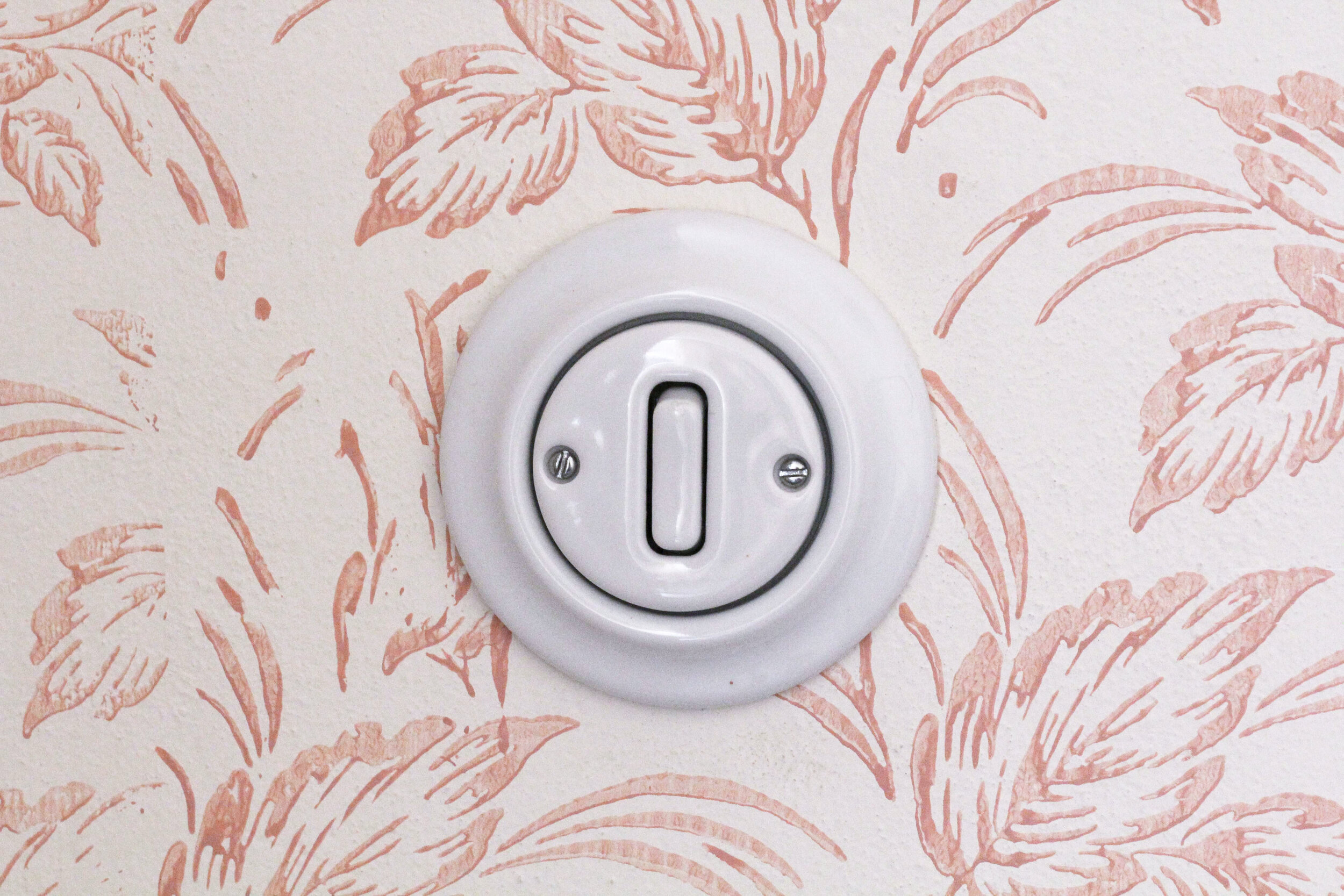



The gardens
A vast, joyous, fruit-bearing backdrop to the House by the River. This is how we might describe the Tauhaus gardens, which are available to our guests, along with their fruits. The gardens’ concept meets the highest standards, boasting prestigious environmental certification. It combines an attempt to offer space for leisure activities with practical use. The gardens are a source of wonderful moments and energy.
Find out more
Concept and spatial design
The overarching idea is diversity – both botanical and functional. The gardens stretch over a meadow on the right-hand bank of the Střela river, covering an area of one hectare, serving as a space for relaxation as well as a source of seasonal fruits. The gardens’ topology neatly combines all the zones – botanical elements as well as areas for relaxation and leisure activities.
Environmental certification
The gardens were able to acquire the Natural Garden (Přírodní zahrada) certification for a number of reasons: they are in a dialogue with the surrounding nature, ecosystems, and the history of the site. They were constructed using as many recycled materials as possible. They contains elements which help manage water using self-supply techniques.
Microclimate
The river Střela’s narrow canyon, banked by the steep slopes of the forest hills, creates a unique microclimate that is notable for its tendency to reach more extreme temperatures at both ends of the spectrum. Despite being well above sea level (around 410 m), the winters here are significantly cooler and the summers warmer. The character of this wild environment is completed by an undisturbed covering of beeches and spruces.
Seasonal fruit
A key theme of the gardens is their edible forest. It has been cultivated in such a way that new fruit trees, edible shrubs, medicinal herbs, and, to a lesser extent, fruits and vegetables, grow in previously gloomy spots.


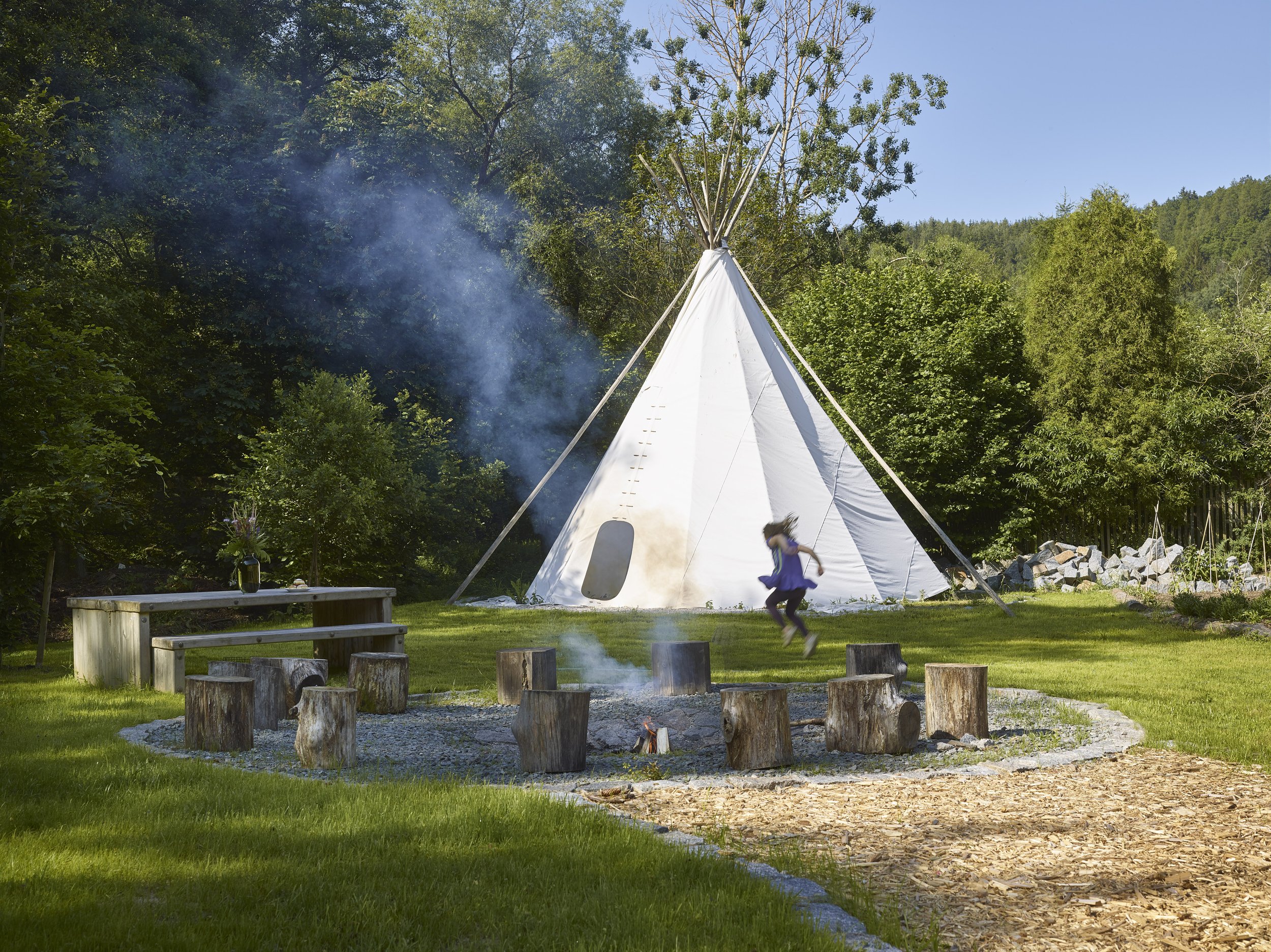










The river
For Tauhaus and its guests, the Střela is more than just a river. It is a kind, tireless neighbour that is always on hand for fun and unforgettable experiences. Whether that’s a spring or autumn wander through the romantic, picturesque, yet wild landscape of the nature reserve, or a refreshing summer swim and paddle in the river itself. Anything is possible.
Find out more
Site geography and profile
The Tauhaus site is located on the middle course of the Střela river, characterised by wild meanders along its entirety. The river is changeable in character – in spots it manifests as a violent rocky creek, whilst in other places the current slows to a sluggish mosey. This diversity is its greatest asset and the main draw for visitors.
Water quality
The Žlutice dam is located on the upper course of the river, supplying the nearby region with drinking water. For this reason, it is not open to the public, but the water quality downstream is very good, further helped by the lack of industrial pollution and the existence of two protected sites – the Horní Střela Nature Park and the Střela Nature Reseerve.




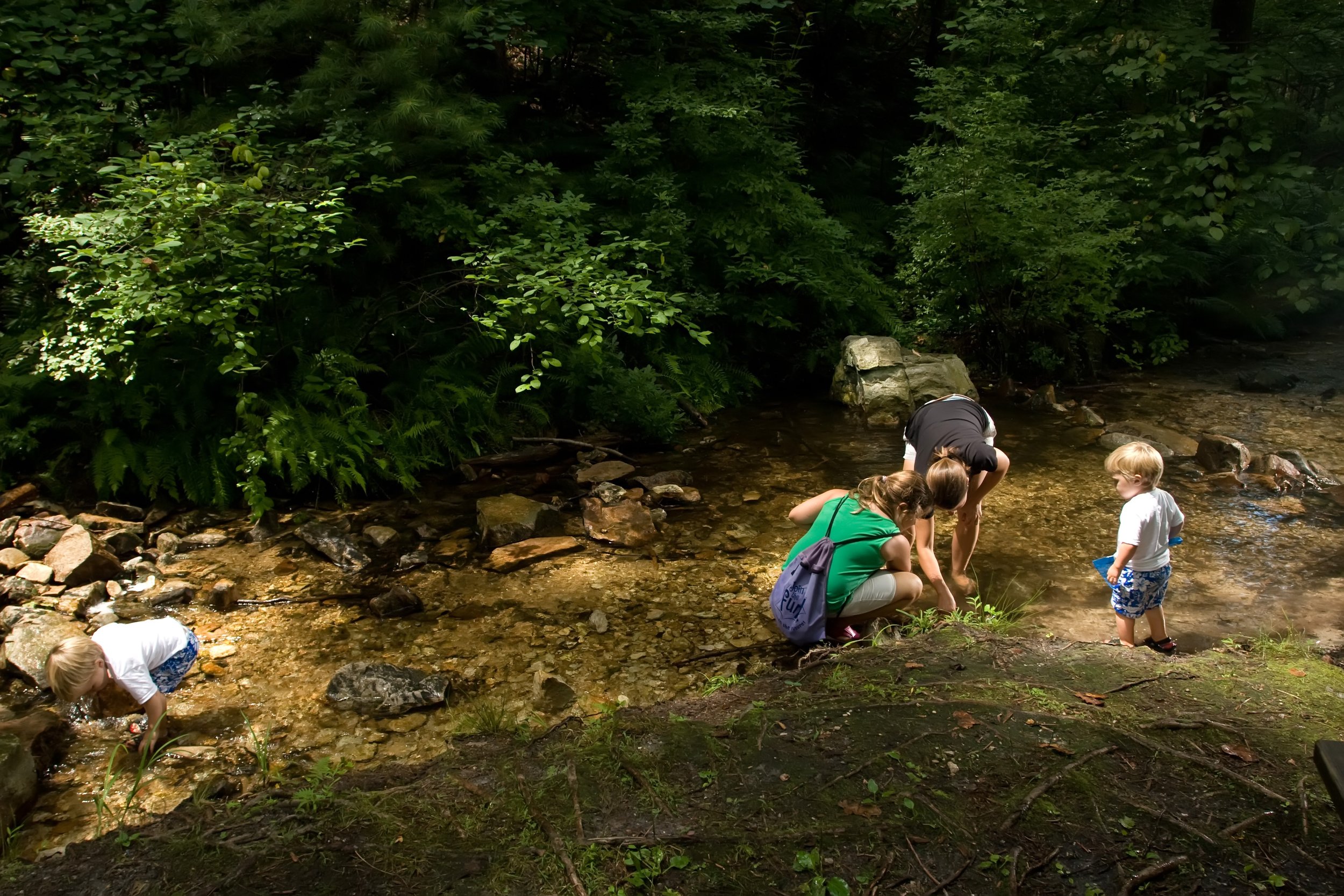









Location
Tauhaus’ surroundings boast an exceptional combination of precious, wild nature and, for some, surprising cultural heritage. Welcome to the northern Pilsen region, known as the ‘Santini region’ by many, named after the famous architect. Why not acquaint yourself with a selection of destinations for possible trips or other leisure activities?
Find out more
Postřelí and Střela Nature Reserve
In our immediate vicinity, a little further down the river, there is valley with pure, authentic nature that opens up to the south. This landscape is the heart of the Střela Nature Reserve and of the Postřelí area as a whole, offering a wide range of nature-based activities and experiences, whether you want to relax, play, or do a bit of sightseeing. Tauhaus is well-positioned in this regard – it is situated in the middle of the river course as well as in the middle of the entire micro-region. Moreover, if you head just north of Rabštejn, you will come across to the Horní Střela Nature Park. So it is really up to our guests which direction they choose to explore Postřelí.
Rabštejn – a castle and a town
Any idea what the smallest town in the Czech Republic is? That’s right, it’s Rabštejn. With only 25 permanent residents, it can hardly be considered a town, yet for over half a millennium it boasted the title of ‘royal town’, which was never taken away. The contrast between its rich history and present-day tranquility could not be greater. Rabštejn is the complete opposite of towns such as Český Krumlov or Telč. Rabštejn is neither pompous nor simplistically fairy tale-like. It is disarming.
Santini – Plasy and Mariánská Týnice
The work of this famous Czech-Italian architect, renowned across Europe, rightly draws admiration from one generation to the next. He rose to fame as the creator of many impressive buildings, as well as for his distinctive Baroque Gothic style. Although his most famous work is located in the Vysočina region, he still left a lasting architectural mark on the northern Pilsen area. Proof of this can be found in the famous Plasy and Mariánská Týnice monasteries, as well as in numerous other, non-religious buildings.
Manětín, Chyše, and Valeč
If you prefer civil architecture, a visit to one of these small towns is a smart choice. Each town has its own castle, and although they are only 20 km apart from one another as the crow flies, they are each distinctive in their own way. Whilst Manětín and Valeč are gems of the highest Czech Baroque style, in Chyše you will come across neo-Gothic buildings in the English style. They are all notable for their rich history and many points of interest. For example, did you know that Czech author Karel Čapek once worked as a teacher at the Chyše castle and his stay there served as the inspiration for some of his most famous work?
Lookout towers and bunker
Lookout towers and viewpoints (such as the Tobiášův vrch lookout tower or the Vladař viewpoint) are great to visit in their own right, or as a way to add variety to a day trip. Due to Rabštejn’s location on the border of old Bohemia and the Czech-German Sudetenland, you will come across many defensive bunkers and other concrete fortifications (known informally as ‘řopík’ in Czech) built by the Czechoslovak army as part of the Czechoslovak Republic’s defensive line.
Cycling (challenging terrain)
For keen cyclists, there are many interesting, usually quite demanding (hillier) routes and trails around Tauhaus. They are a great option for the ever-growing trend of electric bikes.
Active leisure time
For the more active or sport-loving among you, we recommend options such as horse riding, golf, paintball, and much more.
———
Further afield
(30–60 minutes by car)
Pilsen and its ZOO
We highly recommend a visit to Pilsen’s zoo and botanical garden in one, with its many unexpected highlights.
Reliquary of St. Maurus
A real treasure of immeasurable value and European significance, located in the Bečov nad Teplou castle.
Krašov Castle’s romantic ruins
The striking ruins of the Krašov Castle stand on a raised jut of land above the river, just five kilometres from the confluence of the Berounka and Střela rivers.
The Czech Rail and American classic car museums in Lužná u Rakovníka
The largest rail museum in the Czech Republic and a museum of historical American cars both make for an interesting visit for the whole family.
The Doupov Mountains, Křivoklátsko and the Manětín forest
Describing a place as paradise is always risky, but if we were going to, just this once, then it would be the endless forests and woods that are the immediate and more distant surroundings of Tauhaus, the ideal setting for your nature walks.














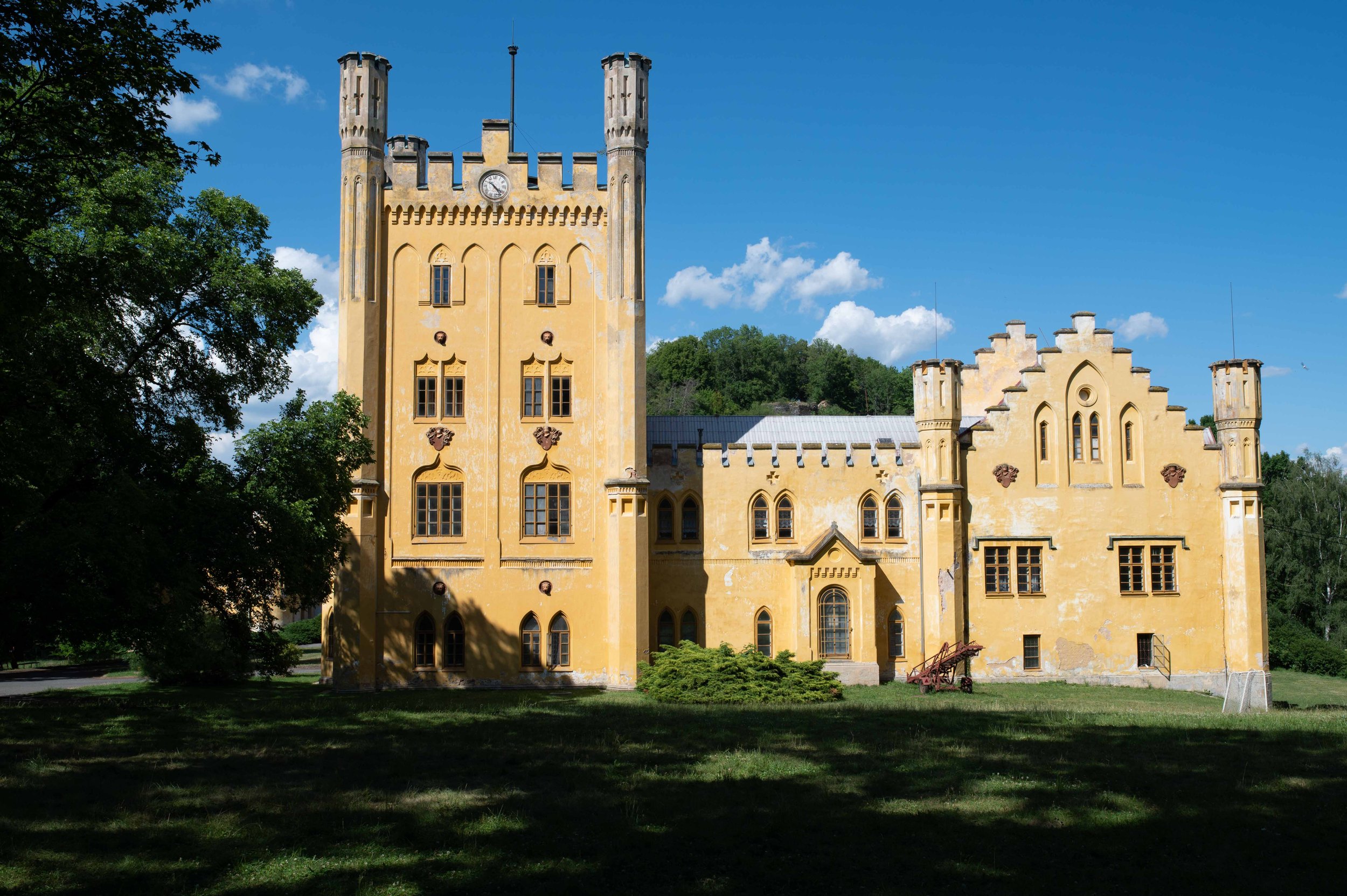



A little fun and relaxation
Do you enjoy horse riding, golf, hiking, or cycling? Perhaps you like wading in water and trying to catch fish with your bare hands? Or maybe you would simply rather relax, have a spot of lunch and a coffee in interesting surroundings? Welcome to Tauhaus.

